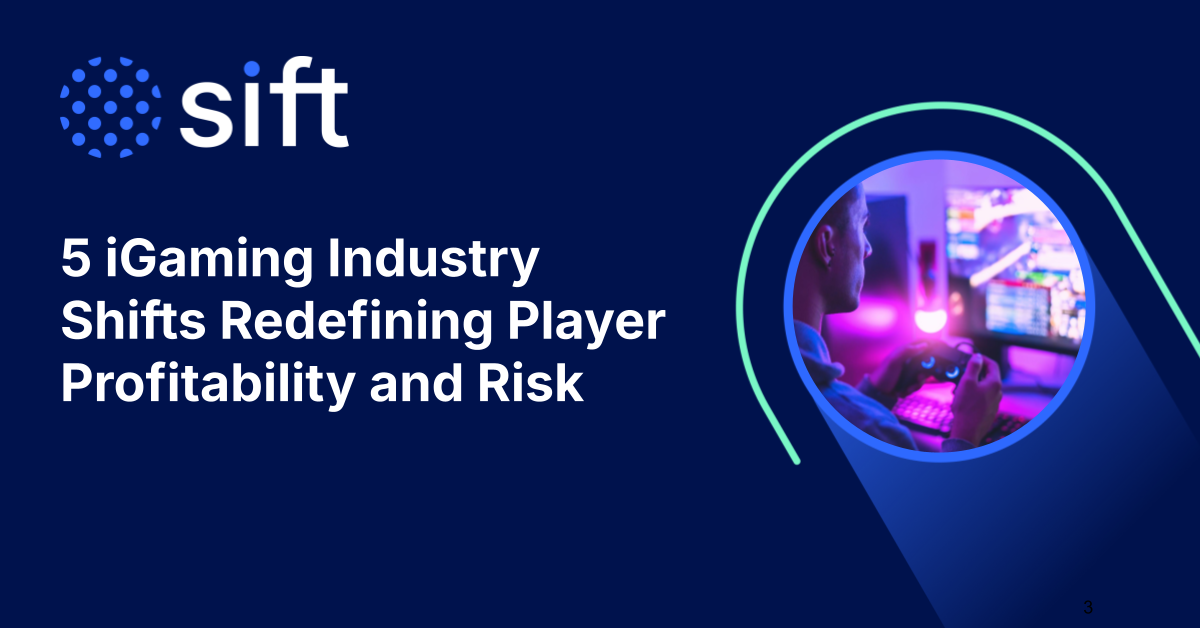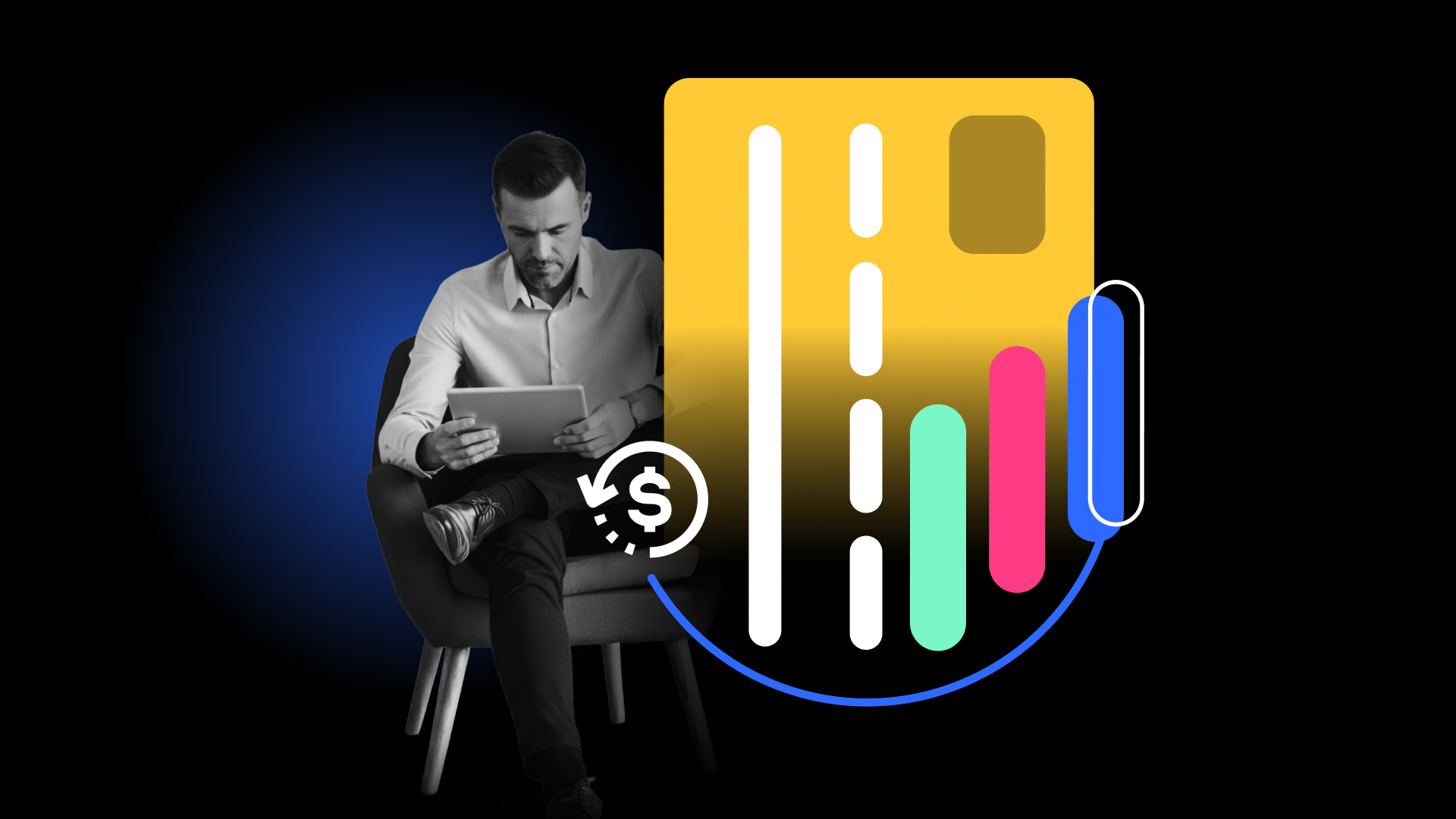Digital food and delivery businesses experience continuous growth and change, and with that comes a side of surging fraud threatening profits and customer trust. Stolen credentials, fake accounts, refund and policy abuse—fraudsters see these opportunities rise in tandem with the speed, scale, and proliferation of quick-service restaurants (QSRs) and delivery platforms.
The challenge for providers is that fraud patterns don’t stay static. They rise and fall with seasons, promotions, customer behaviors, and technological advancement, making the QSR landscape highly unpredictable.
Tracking those changes along with other fraud trends and data is a necessary part of effective risk management. Fraud drains revenue through chargebacks and losses, but also erodes customer trust when orders go missing, accounts are hijacked, or promotions are misused, leading to untimely cancellations or increased scrutiny. For platforms where a transaction is completed in seconds, every small vulnerability adds up to significant financial damage.
Tracking benchmarks and analyzing trends over time is important for QSR businesses. They can better anticipate risks, allocate resources effectively, and make faster, more confident decisions about which transactions to accept and which to block. Sift’s Fraud Industry Benchmarking Resource (FIBR) delivers exactly those insights, with options to compare payment fraud, account takeover, and chargeback rates by industry and region.
Regardless, it’s important for QSRs and delivery services to understand what food fraud is, what type of fraud it includes, and the best ways to keep your customers and bottom line secure.
What is Food Fraud?
For restaurants, QSRs, and delivery platforms, food fraud refers to any deliberate misuse of ordering, payment fraud, and promotion abuse for personal gain. This includes fraudulent chargebacks, customers abusing refund policies, or using stolen credit cards to place high-value orders. It also involves food delivery scams, where fraudsters exploit apps and platforms to receive free meals or resell stolen deliveries.
What makes food fraud especially challenging is the speed of online ordering. QSRs rely on speedy transactions and convenience, leaving little room for manual checks or timely intervention. That speed creates an opening for opportunistic consumers and fraudsters to exploit loopholes at scale. Unlike other industries where fraud losses spread over longer cycles, the food and delivery space feels the financial and reputational impact almost immediately.
Ultimately, food fraud is more than just an operational nuisance. It represents a direct threat to revenue, customer trust, and long-term growth. Recognizing the full scope of risks (and the solutions available to help bridge this gap) is the first step in building stronger defenses.
Why is Food Delivery Fraud on the Rise?
The food delivery industry has seen explosive growth in recent years, and fraud has grown right alongside it. With millions of transactions processed in seconds, platforms often prioritize speed and convenience, which creates openings for exploitation.
One driver is account takeover attacks. Hackers target delivery app accounts to a degree that around 20% of food delivery accounts experience takeover attempts, compared to an average of 2.5% across other industries. Overall account takeover attacks grew by 500% in 2023 alone. Weak password practices and limited two-factor authentication make it easy for fraudsters to hijack accounts, drain stored balances, and place unauthorized orders, highlighting an increased need for account takeover prevention in the QSR industry.
Refund abuse and promotion abuse are also major contributors. Customers may falsely claim missing items or repeatedly create fake accounts to access new-user discounts. While each case seems small, at scale the losses are massive. In 2024, fast food fraud increased by nearly 50%,
The combination of high-volume transactions, customer incentives, and pressure to keep checkout frictionless makes food delivery platforms especially vulnerable. Unless businesses adopt stronger safeguards, the upward trend in food delivery scams is likely to continue.
Rising Refund and Promotion Abuse
The food and delivery sector’s Q2 payment fraud rate stands at 3.1% in FIBR, with fraudulent chargebacks at 0.048%. Both numbers are trending down compared to Q1 of this year, but represent a typical valley in QSR fraud: once the elevated fraud surrounding start-of-year promotions and account creation subsides, and security teams have recalibrated, fraud tends to slow down. At least, until the summer months, when new promotions and releases go live.
A significant portion of fraud in the food delivery space stems from refund and promotion abuse: MRC’s 2025 Global eCommerce Report found that first-party fraud, where customers claim issues like missing or poor quality items to receive unwarranted refunds, sits in the top five threats experienced by 90% of providers. In fact, panelists in the ‘Global Payments & Fraud Survey’ session at MRC Vegas 2025 speculated that the global first-party fraud rate is very high, between 60-80% of total fraudulent chargeback disputes. In 2024 alone, these types of disputes cost the industry an estimated $103 billion.
Similarly, chargebacks present a dual problem for food and delivery merchants: they result in direct financial losses for the business, and they damage relationships with payment processors. The average chargeback rate for food delivery and quick-service restaurants (QSRs) is at 0.048%, which is just shy of the industry average—but providers have to be wary of ballooning disputes, since exceeding certain thresholds leads to increased fees and stricter scrutiny from card networks.
Account takeover and fake account creation further strain the system. Anyone can easily create multiple accounts to exploit new user discounts, and in many cases, a single bad actor can be responsible for significant loss. Fraudsters have been known to leverage hundreds of fake accounts to exploit new user promotions, return hundreds of dollars in stolen deliveries for a healthy profit, and consume thousands of dollars worth of promotions in a matter of weeks. At that speed and scale, food and delivery merchants—already forced to process orders in seconds—often consider fraud a necessary cost of business, even when losses are mounting with no end in sight.
ATO, Credential Stuffing, and Credit Card Fraud Dominate
Account takeover, credit card fraud, and fake account creation further strain the system. Digital criminals use stolen credentials to access user accounts and place fraudulent orders, drain loyalty points and gift cards, and hijack customer promotions. Anyone can easily create multiple accounts to exploit a business, and a single bad actor can be responsible for significant loss. Food and delivery merchants, already forced to process orders in seconds, often consider fraud a necessary cost of business, even when losses are mounting.
Payment and Transaction Scams
Fraudsters take advantage of the rapid approval process in food delivery apps. Because orders must be processed in seconds, there is little time to validate suspicious transactions manually. Criminals exploit this by placing high-volume orders with compromised accounts, rerouting deliveries, and draining stored payment balances before detection. The immediacy of these scams leaves restaurants and platforms absorbing the financial hit while customers lose confidence in the service.
Credit Card Fraud and CNP Fraud
Credit card fraud currently accounts for 99.6% of fraud incidents in the food & delivery space according to FIBR, highlighting downstream fraud as an expensive symptom of ATO. While manual review rates have decreased slightly in previous months to 0.026%, they’re not an ideal indicator of true risk in a space where human oversight for every transaction is an impossibility. That’s a reality that won’t change, and because fraud tactics will never stop evolving, businesses have to take a proactive approach to risk management that’s both flexible and sustainable.
Third-Party Chargebacks
Chargebacks remain one of the most expensive forms of fraud in the food delivery ecosystem. Merchants lose money on both the product and the transaction fee, while also risking strained relationships with payment processors. For platforms that exceed network thresholds, the consequences include higher processing fees and increased scrutiny from card networks.
Account and Identity Fraud
Fake accounts are often used to claim new-user promotions or to resell discounted meals at full price. A single actor can create dozens or even hundreds of accounts, consuming thousands of dollars in promotional credits within weeks. This kind of fraud distorts growth metrics, drains marketing budgets, and undermines trust in promotional campaigns designed to attract genuine customers.
Account Takeover (ATO)
ATO attacks surged 72% year-over-year in the QSR space in 2025. Using stolen credentials, attackers log in to customer accounts, steal stored payment information, and exploit loyalty points or saved gift cards. Once inside, fraudsters can change delivery details, place unauthorized orders, or lock customers out entirely. The combination of stored payment data and fast order fulfillment makes ATO especially damaging, both financially and reputationally.
Credential Stuffing
Credential stuffing, meaning automated login attempts using stolen credentials, is a major driver of account takeovers. Bots can test thousands of credential combinations across multiple platforms in minutes, exploiting weak or reused passwords to gain access. Fraudsters test the login credentials, and once inside, can also check balances, credit cards on file, and the date of an account’s most recent order. They can place high-volume orders, reroute deliveries, or steal stored payment data.
The Currency of Trust
Refining security measures is only one pillar of customer trust. It’s equally important to deliver user experiences that meet high expectations for speed and ease. Overly stringent security protocols deter trusted customers and lead to cart or brand abandonment, and the protection they offer against fraud is rarely outweighed by the cost of low order acceptance, dropped transactions, and decreasing lifetime value.
These challenges are inspiring businesses to turn to advanced trust and safety platforms, AI-powered ML models and algorithms, and solutions that can detect unusual behavioral patterns in real time. The ability to pinpoint risk with precision also allows businesses to accept more transactions with confidence. Along with other strategies like implementing resilient identity verification processes, requiring PINs for order pickups or deliveries, and educating customers about common scams, food and delivery brands reduce the risk of fraud with every step taken to adapt alongside emerging threats.
But what truly sets successful food and delivery platforms apart is their ability to balance strong protection with instant gratification—identifying legitimate customers without friction, and stopping bad actors before they cause financial and reputational damage. Proactively tracking and benchmarking fraud rates clarifies where and when risk is highest, helping food & delivery platforms make smarter decisions about friction and overall operations and in turn, strengthening brand equity and customer trust.
How Can Restaurants Prevent Food Delivery Fraud?
Food delivery fraud may feel inevitable, but restaurants have several practical ways to reduce risk while still delivering fast, convenient service. One of the most important steps is partnering with reputable payment protection platforms that specialize in identifying and stopping suspicious activity before it causes losses. The strength of a provider’s fraud prevention directly affects how well restaurants and their customers are protected.
Order verification is another important safeguard. Simple measures like requiring PIN codes at pickup, validating addresses, or using two-step confirmations can stop fraudulent orders before they reach customers. Monitoring transaction activity in real time also helps restaurants spot patterns of abuse, such as repeated small orders from the same device or multiple refund requests tied to a single account.
Fraud detection tools powered by machine learning offer deeper protection by analyzing behavior across thousands of transactions and flagging suspicious activity instantly. These tools are especially valuable in a fast-moving environment where manual review is not realistic. Stronger customer authentication methods, such as multifactor login or requiring identity confirmation for high-value orders, further reduce the risk of account takeover.
Together, these strategies give restaurants and delivery providers the visibility and controls needed to fight fraud without creating unnecessary friction for genuine customers.
What Are the Consequences of Food Fraud?
The impact of food delivery fraud goes far beyond a single lost order. When scams take hold, the costs ripple across restaurants, delivery platforms, and customers alike.
For restaurants, fraud means direct financial losses from chargebacks, refunded orders, or wasted product and labor. Exceeding chargeback thresholds can also lead to higher processing fees and stricter oversight from payment providers, further cutting into margins. Delivery apps, meanwhile, carry the burden of strained partner relationships and reputational damage when fraud becomes widespread on their platforms.
Customers feel the consequences as well. Account takeovers and payment fraud expose users to stolen personal and financial data. Even those not directly targeted may lose trust in a platform that seems unable to prevent food delivery scams. If diners believe their information is unsafe or their orders unreliable, they are less likely to return, turning fraud into a driver of customer churn.
Finally, fraud introduces risks to consumer safety. Fake accounts or fraudulent operators may handle food improperly, reroute deliveries, or bypass safety standards, creating hazards that extend beyond financial loss. In the long run, unchecked fraud undermines confidence in the entire digital dining ecosystem, eroding the convenience and trust that made it grow so quickly in the first place.
Detection and Prevention at Industry Level
Food fraud affects the entire industry, making advanced fraud detection methods a necessity. Device intelligence, AI-driven models, and user signal analysis helps spot suspicious activity in real time, adapting as fraud tactics evolve. Benchmarking is equally important—resources like Sift’s FIBR give businesses a way to compare their fraud rates with industry averages, helping them identify blind spots and measure progress.
Fraud prevention must also align with food safety standards, ensuring that operational shortcuts or fake accounts do not put consumers at risk. When businesses combine advanced detection with shared industry data and strong safety practices, they strengthen both customer trust and long-term resilience.
Fighting Food Fraud, Serving Customer Trust
The food and delivery industry thrives on speed, convenience, and customer loyalty—but fraud threatens all three. From promotion abuse to account takeovers, the risks are growing more sophisticated, and the costs are staggering. Restaurants and delivery platforms that invest in proactive fraud detection, real-time monitoring, and industry collaboration put themselves in the best position to stay ahead.
Fraud prevention is not just about protecting revenue; it is about preserving customer trust and ensuring that digital dining remains safe and reliable. Sift’s global data network gives quick-service restaurants unparalleled visibility into emerging fraud patterns across industries, while its customizable workflows allow teams to adapt defenses to the unique speed and scale of QSR operations. By combining this breadth of data with flexible, real-time decisioning, Sift helps food and delivery businesses strike the right balance between protection and seamless customer experiences.







